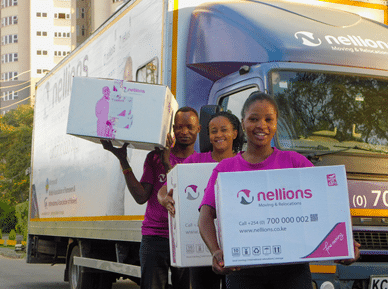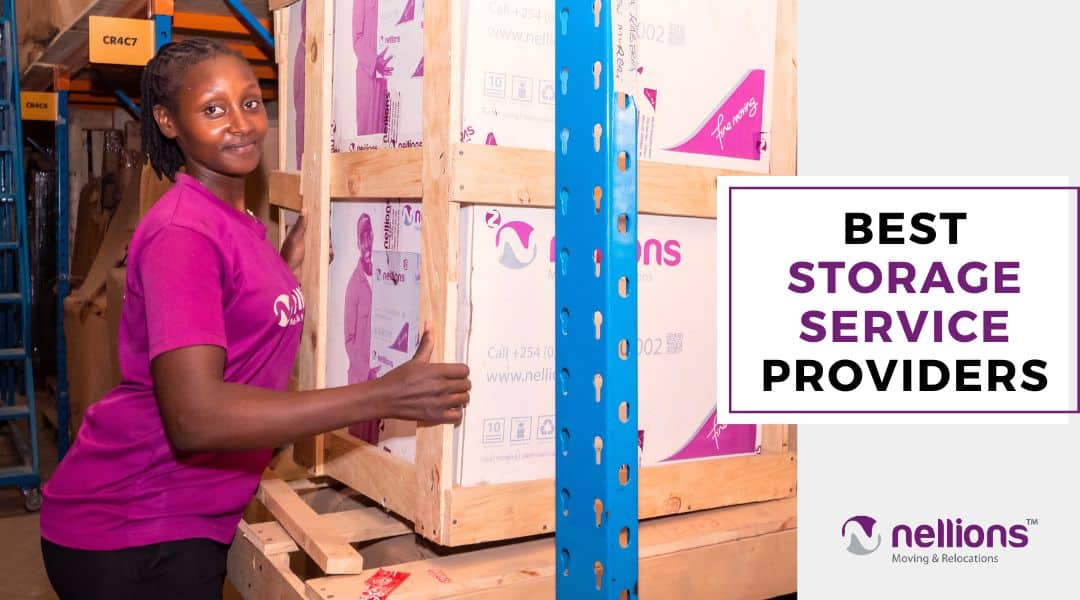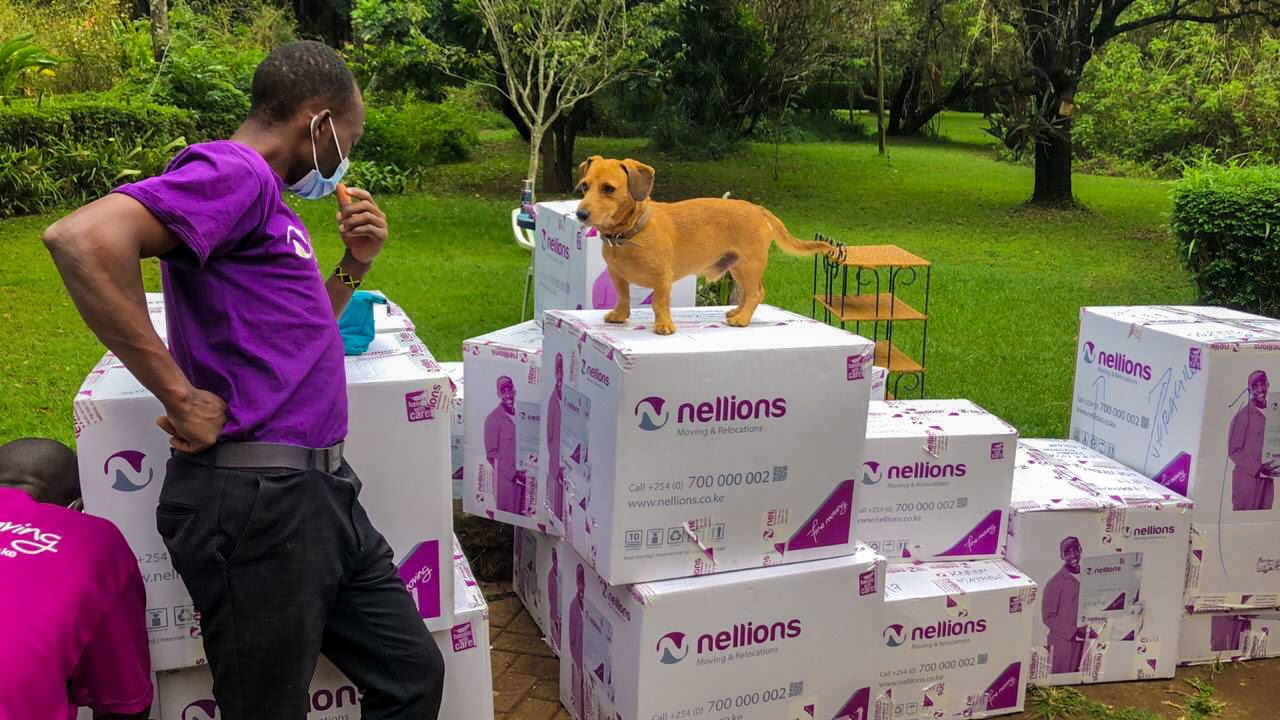The good news? With some planning and the right techniques, it’s entirely possible to shield your items from these hidden hazards. This guide explores how to maintain the integrity of your possessions during long-term storage. We’ll cover why careful environmental management matters, how to control dust and moisture, the role of climate-controlled units, and best practices for pest prevention, fumigation, and ongoing maintenance. By the end, you’ll know exactly how to keep your cherished pieces looking and feeling as fresh as the day they were packed away.
Whether you prefer managed storage services or opt for the self-storage route, this guide will ensure the integrity and safety of your goods after the storage period.
BEFORE YOU PROCEED: Download our printable checklist for secure long-term storage
Understanding the Challenges of Long-Term Storage
Environmental Conditions
Think of your belongings like living guests in a quiet, tucked-away space—they need just the right conditions to “breathe.” Factors like temperature, humidity, and light exposure influence the well-being of your stored items. For instance, a rise in humidity can spark mold growth on fabrics and paper, while a sudden cold snap might cause wooden furniture to contract and crack. Without climate control, you’re leaving your possessions at the mercy of the elements.
Dust and Debris
You might be surprised by how much dust can accumulate in a seemingly spotless space. Dust not only dulls surfaces and makes fabrics feel grimy, but fine particles can also creep into mechanical parts, electronics, and artwork details. Over time, layers of dust can cause discoloration and even mild abrasive damage. The good news is that proper packing materials and dust-proof covers can preserve that “fresh-from-the-home” look and feel.
Moisture and Mold
Moisture may seem harmless, but even small amounts can wreck delicate items. Excess humidity can warp wood, make metal rust, and encourage mold to flourish on anything organic, from old books to upholstery. Beyond aesthetic damage, mold can pose a health risk. Proactively tackling moisture involves more than just a quick wipe—it’s about choosing the right storage environment, using moisture-absorbing solutions, and regularly checking for dampness before any serious damage takes root.
In the sections that follow, we’ll dig deeper into selecting suitable storage facilities, establishing temperature and humidity controls, employing proper packing materials, and understanding the crucial steps in pest prevention. With a bit of foresight, you can ensure that everything you store remains safe, sound, and ready to return to active use whenever you need it.
Choosing the Right Storage Facility
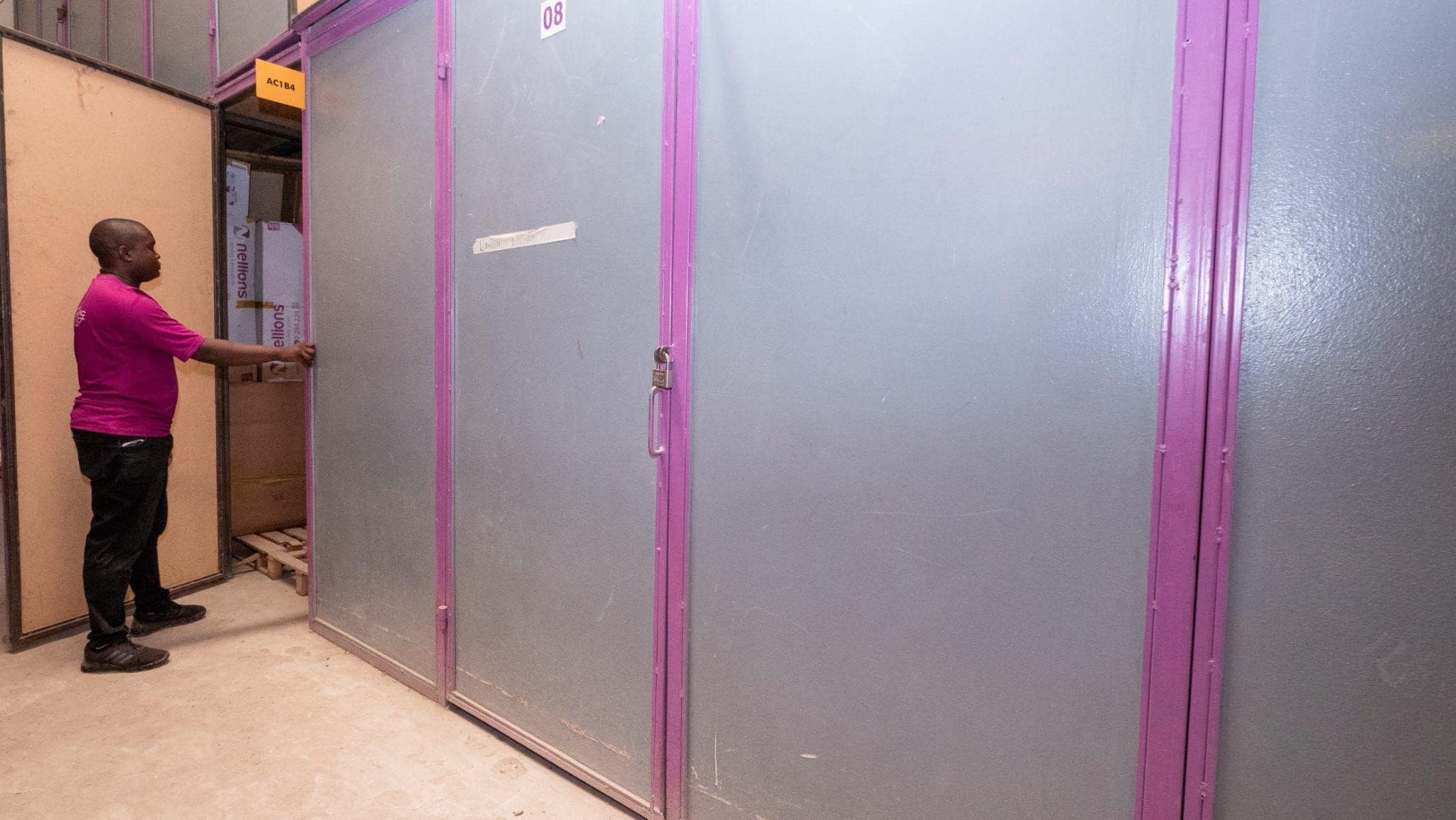
The first step in maintaining the quality of your items is ensuring that the place you’re entrusting them to is up to the task. Not all storage facilities are created equal. For long-term preservation, you’ll want a space that’s clean, secure, and set up to handle environmental challenges.
Climate Control is Key
One of the best ways to preserve your goods, particularly perishable and sensitive goods, is by investing in a climate-controlled unit. These specialized spaces maintain consistent temperatures and humidity levels—ideal for preventing the warping, discoloration, and mold growth that come with shifting weather patterns. Look for storage facilities equipped with proper ventilation systems, dehumidifiers, and insulation. Keeping your valuables in a stable environment goes a long way in preserving their original condition.
Security and Protection from the Elements
Storage facilities that prioritize security—like those with 24/7 surveillance, gated access, and robust locks—give you peace of mind. Beyond that, consider units designed to protect against external elements. Spaces sealed against drafts, rain, dust, and pests ensure that your belongings stay shielded. When your goods remain untouched by these risks, you won’t have to worry about unexpected surprises later.
Packing Like a Pro
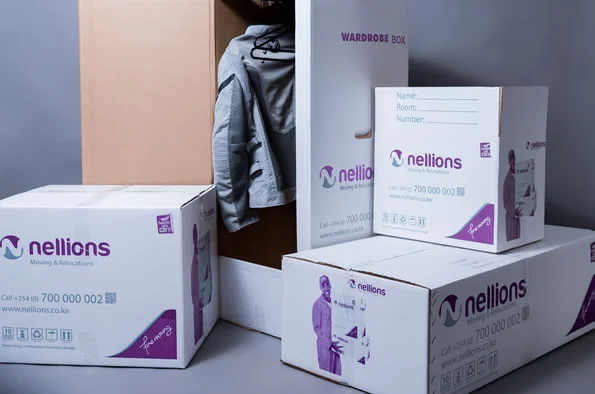
It’s not just where you store your items; it’s how you pack them that makes all the difference. Effective packing keeps dust, moisture, and pests at bay while reducing the risk of physical damage.
Quality Materials Make All the Difference
If you’re serious about preservation, don’t skimp on packing supplies. High-quality, sturdy boxes, plastic bins, and padded wrapping materials safeguard fragile objects and protect them from abrasion. Consider using silica gel packets or charcoal pouches to absorb excess moisture, and invest in dust-proof covers for furniture and fabrics.
Thoughtful Organization for Easy Access
Labeling isn’t just for neat freaks—it’s practical. Clear labels and an inventory list help you pinpoint where each item is stored, allowing you to retrieve what you need without rummaging through everything. This smart organization reduces the risk of accidental damage caused by digging and shuffling around.
Dealing With Moisture and Temperature Fluctuations
Even in a well-chosen facility, moisture and temperature need to be watched closely. Over time, subtle shifts can still wreak havoc on delicate possessions.
Dehumidifiers and Good Airflow
If your storage space tends to be damp, a dehumidifier can be your best ally. By drawing excess moisture out of the air, you minimize the odds of mold, mildew, or rot. Combine this with good airflow—either from built-in vents or occasional manual ventilation—to keep conditions fresh and stable.
Maintaining Steady Temperatures
As seasons change, so does the environment inside your storage unit. While climate control goes a long way, consider checking on your items periodically—especially if temperatures run hot or cold. Slight adjustments, like moving temperature-sensitive items away from external walls or windows, can prevent dramatic swings that affect wood, paper, and other vulnerable materials.
In the final portion of this guide, we’ll dive into managing pests through fumigation and regular inspections, as well as touch on ongoing maintenance practices that ensure your stored goods remain in top shape. By mastering these measures, you’re investing in the long-term care and preservation of the things you value most.
Pest Control and Fumigation
No one likes to imagine pests lurking around their treasured belongings, but insects, rodents, and other unwelcome guests can quickly turn a pristine storage unit into a hazardous environment. Proactive pest control and, when necessary, fumigation measures, help ensure that your goods remain untouched by tiny intruders.
Prevention is Better Than Cure
Before you seal that storage door, inspect the unit for cracks, holes, or openings. Applying pest-repelling sprays, setting up harmless deterrents, and using sealed containers can discourage insects and rodents from moving in. Regularly scheduled inspections are key—spotting a problem early makes it far easier to deal with than after the damage is done.
Professional Fumigation
In cases where infestation risks run high, periodic professional fumigation may be warranted. Professionals know how to treat the space safely, targeting pests without harming your possessions. By combining simple preventive steps with occasional expert intervention, you keep the environment safe, sanitary, and pest-free.
Ongoing Maintenance and Regular Inspections
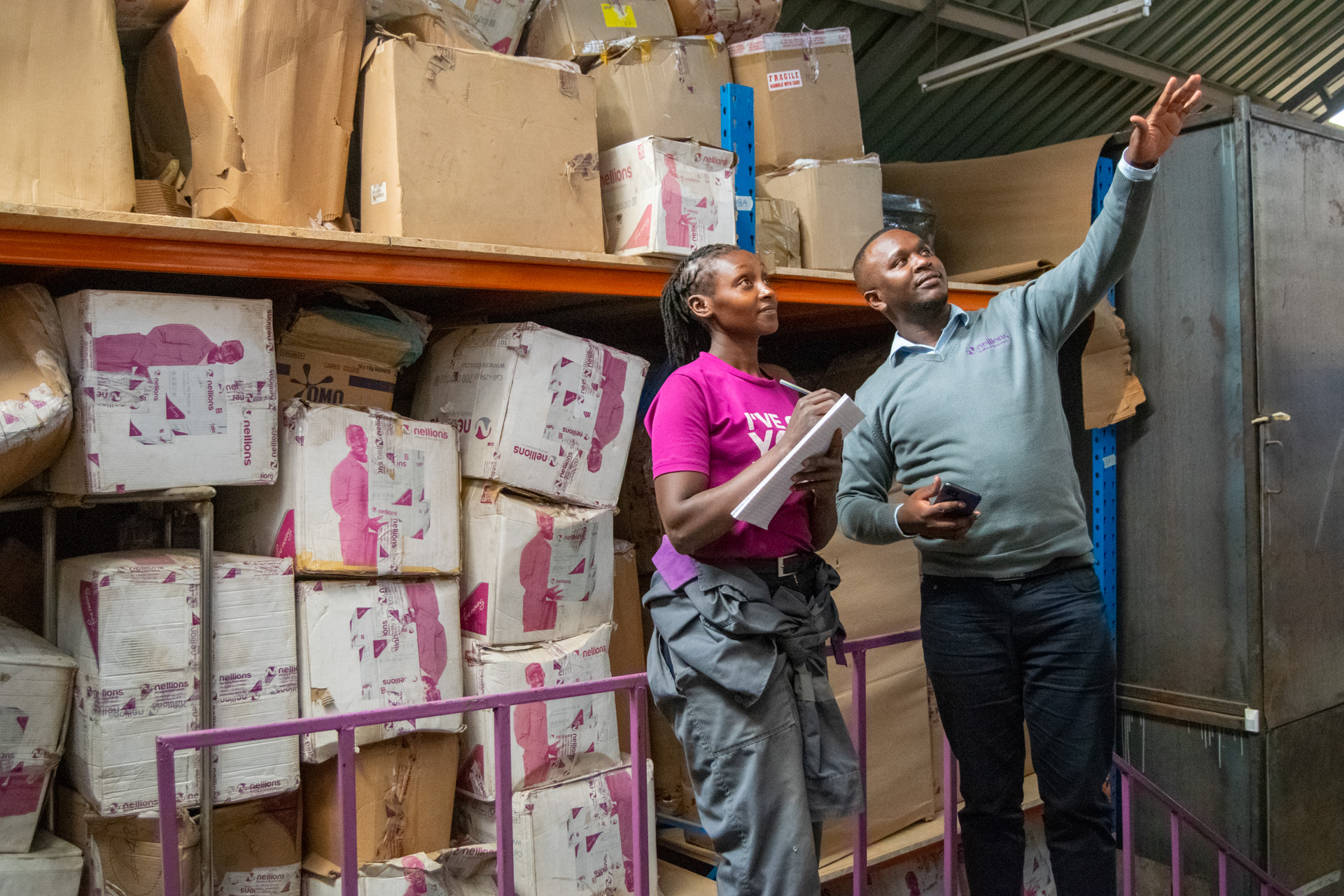
Even the best initial setup needs follow-through. Commit to periodic visits—whether monthly, quarterly, or seasonally—to check on your belongings. Look for signs of dust accumulation, moisture intrusion, or pest activity. Gentle cleaning, repositioning boxes to allow airflow, and double-checking seals can do wonders for long-term preservation.
Regular Dusting and Vacuuming
Ensure that your goods are dusted on a regular basis – a 3 month frequency should be sufficient for goods stored in a facility that follows the guidelines shared above.
Proper storage facility providers should undertake such dusting and vacuuming activities with a regular frequency, all the while documenting the times and extent of the dusting.
Rotating and Repacking Items
Think of your stored items like a garden that needs tending. Occasionally rotate items so none remain in the same spot indefinitely, which helps prevent crush damage and uneven exposure. Consider re-packing certain valuables with fresh protective materials if the old ones show signs of wear.
Making Adjustments Along the Way
If you notice humidity creeping up or detect a faint musty smell, tackle it immediately. Add more moisture-absorbing packets, improve ventilation, or consider upgrading your climate control setup. These small course-corrections ensure that you’re always one step ahead of potential issues.
Why Choose Nellions for Managed Storage in Kenya?
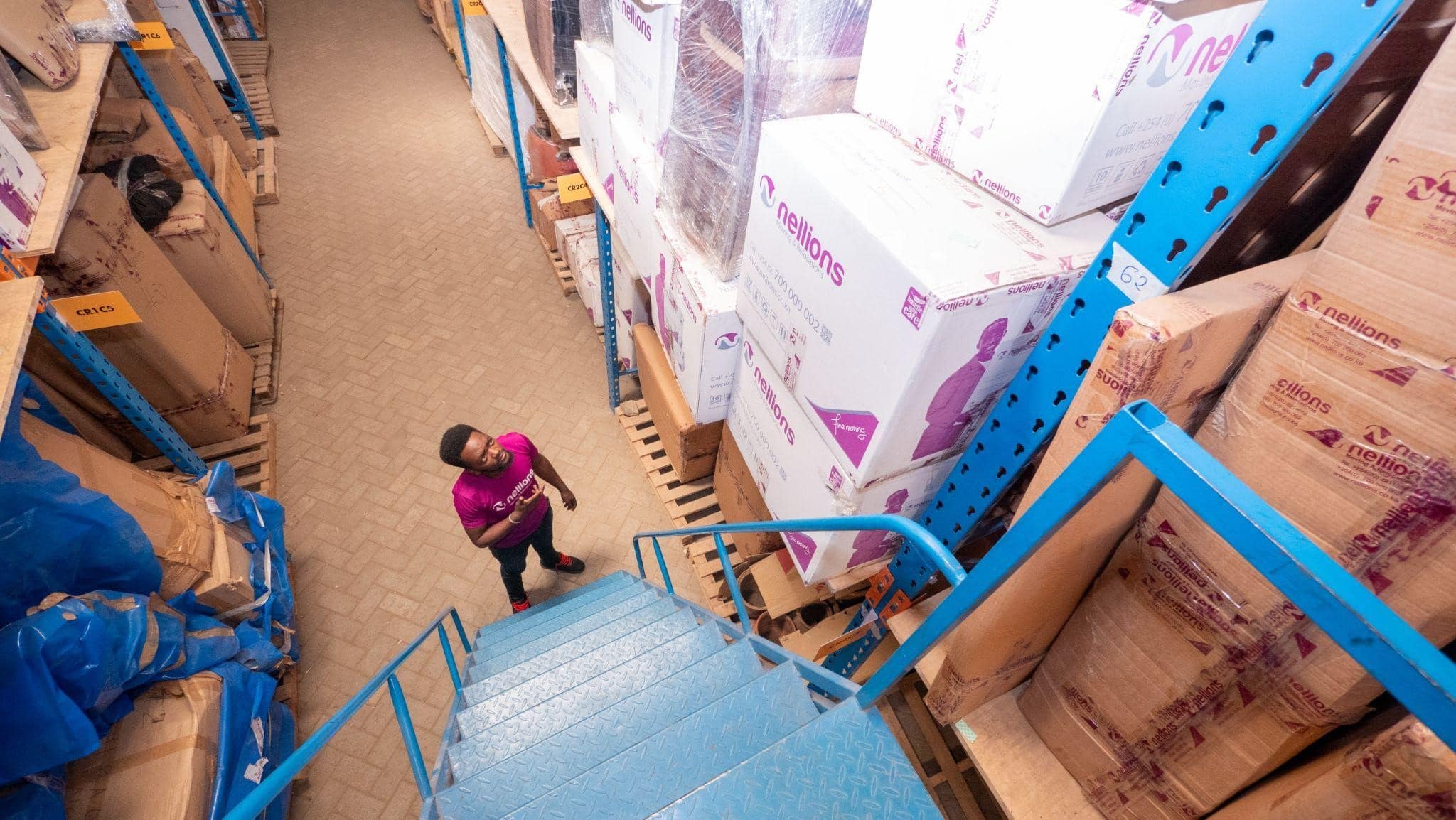
Nellions takes the stress out of short-term and long-term storage services by providing a fully managed, secure, and controlled environment for your valuable items. Unlike standard self-storage units, Nellions’ professionally maintained facilities shield your belongings from dust, moisture, and pests, ensuring they remain in pristine condition. Robust security systems and strict access protocols guarantee peace of mind.
Add to that expert packing, efficient labeling, and ongoing inventory management, and it’s clear that Nellions delivers a seamless, worry-free storage experience—the gold standard for clients who expect only the best in Kenya.
Final Thoughts
With the right combination of a well-chosen facility, smart packing, environmental controls, and vigilant maintenance, preserving the integrity of your goods in storage is entirely within reach. By keeping dust, moisture, temperature fluctuations, pests, and other hazards at bay, you’re making sure your items remain as immaculate as they were on day one.
When the time comes to retrieve your belongings—whether it’s months or years later—you’ll find them ready to slip seamlessly back into your life. That’s the real value of proper preservation: protecting not just your possessions, but the memories and future use they represent.



